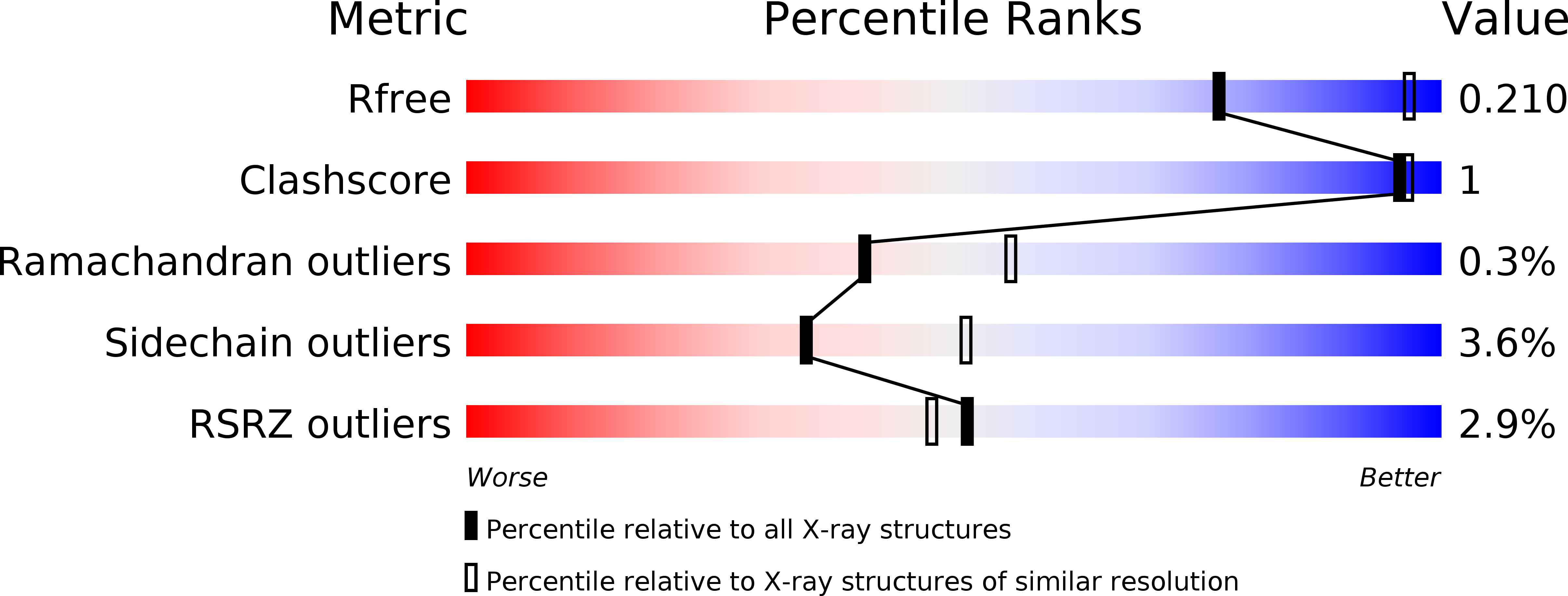
Deposition Date
2016-05-05
Release Date
2016-09-28
Last Version Date
2024-11-13
Entry Detail
PDB ID:
5JR8
Keywords:
Title:
Disposal of Iron by a Mutant form of Siderocalin NGAL
Biological Source:
Source Organism:
Homo sapiens (Taxon ID: 9606)
Host Organism:
Method Details:
Experimental Method:
Resolution:
2.65 Å
R-Value Free:
0.20
R-Value Work:
0.17
R-Value Observed:
0.18
Space Group:
P 43 21 2


